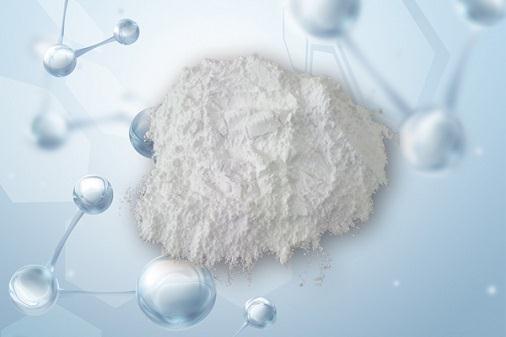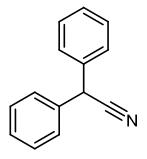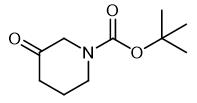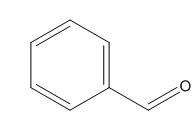Active Pharmaceutical Ingredients (API), popularly speaking, are the raw materials of medicines, only pharmaceutical raw materials are processed into pharmaceutical preparations , can they become medicines available for clinical use, so drugs we usually eat are the finished drugs through processing. Active Pharmaceutical Ingredients based on its sources can be divided into two major categories ,including chemical synthetic drugs and natural chemical drugs. Chemical synthetic drugs can be divided into organic synthetic drugs and inorganic synthetic drugs. Inorganic synthetic drugs are inorganic compounds ( very few is element), such as aluminum hydroxide, magnesium trisilicate which are used for the treatment of gastric and duodenal ulcers ; organic synthetic drugs are mainly composed of drugs made by basic organic chemical raw materials, through a series of organic chemical reactions (such as aspirin, chloramphenicol, caffeine, etc.). Natural chemical drugs ,based on its sources,can be divided into two categories including biochemical drugs and plant chemical drugs. Antibiotics are generally made by the microbial fermentation, which belongs to the biochemistry category. A variety of semi-synthetic antibiotics occurs in recent years,which are biosynthesis and chemical synthesis combining products.Among active Pharmaceutical Ingredients, the organic synthetic drugs varieties, yields and values have the largest proportion,which are the main pillars of the chemical and pharmaceutical industries. The quality of active Pharmaceutical Ingredients decides whether the formulation is good or bad , so its quality standards are very strict ,countries in the world have developed national pharmacopoeia standards and strict quality control methods for its widely used active Pharmaceutical ingredients.
Properties, pharmacological effects and clinical applications of clindamycin hydrochloride
Clindamycin inhibits protein synthesis by acting on the 50S ribosomal subunits of bacteria. The colitis resulting from the use of clindamycin has been extensively studied and is now easily manageable.
Jul 25,2022 APIPharmacology of Vericiguat
Vericiguat is a stimulator of soluble guanylate cyclase (sGC),it is used to reduce the risk of cardiovascular death and hospitalization for heart failure following a prior hospitalization for heart fa
Jul 22,2022 APIThe synthetic methods of diphenylacetonitrile
Diphenylacetonitrile can be used as organic synthesis intermediates for the synthesis of isocyanate, further preparation of UV coatings, PU paints, transparent elastomers and adhesives.
Jul 21,2022 APISynthesis and Application of 2-ethyl-4-methylimidazole
2-ethyl-4-methylimidazole is an excellent curing agent, used in the preparation of epoxy adhesive epoxy silicone coating.
Jul 21,2022 APISynthesis and Application of N-Boc-3-piperidone
N-Boc-3-piperidone is an important pesticide, pharmaceutical intermediates and other chemical additives.
Jul 20,2022 APISynthesis and Biological Activity of Tianeptine sodium salt
Tianeptine sodium salt not only has good antidepressant effect, but also has fewer adverse reactions than traditional tricyclic antidepressants, almost no adverse effects on cardiovascular system.
Jul 20,2022 APIIntroduction, Preparation, and Function of Benzaldehyde
Benzaldehyde is widely found in plant kingdom, especially in rosaceae, mainly in the form of glycosides, such as amygdalin in bitter almonds, in stem skins, leaves or seeds.
Jul 20,2022 APISynthesis and Bioactivity of Lapatinib
Lapatinib is an oral tyrosine kinase inhibitor of small molecule epidermal growth factor (EGFR: ErbB-1, ErbB-2).
Jul 19,2022 APISynthesis and Application of 4-methoxybenzylamine
4-Methoxybenzenemethanamine is used in the synthesis of COX2 inhibitors based on a pyrimidine scaffold.
Jul 19,2022 APISynthesis and Application of Trimesic acid
Trimesic acid is a carboxylic acid derivative. It can be used as an intermediate in medicine.
Jul 19,2022 API












